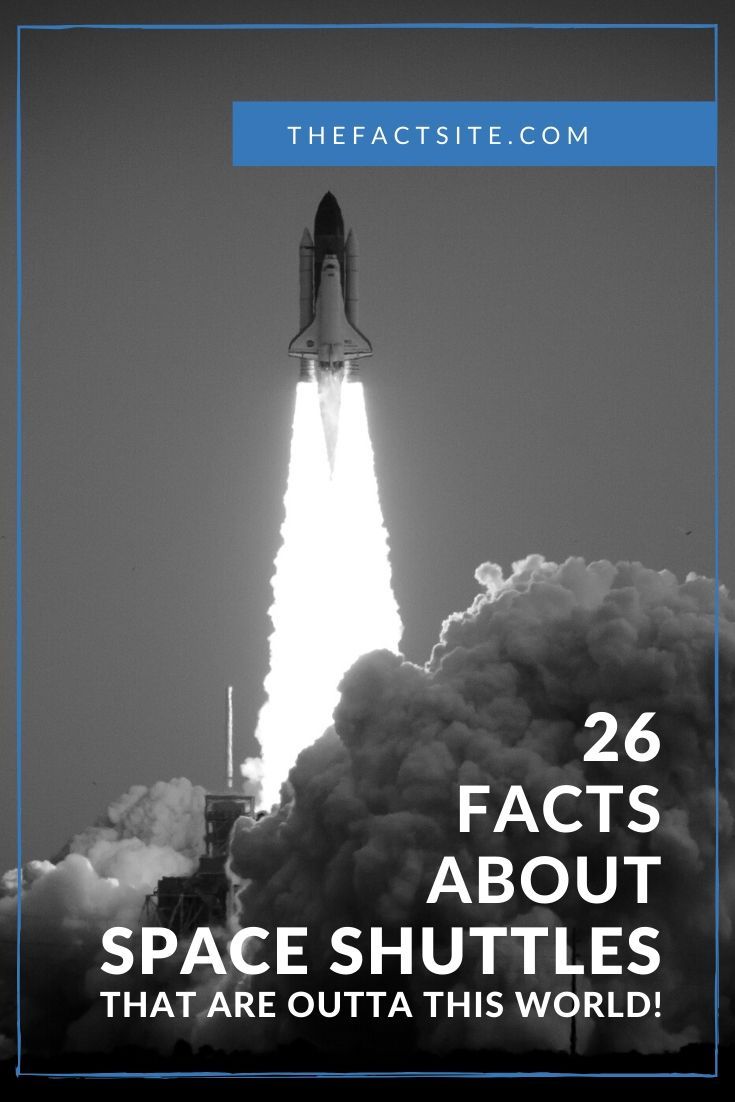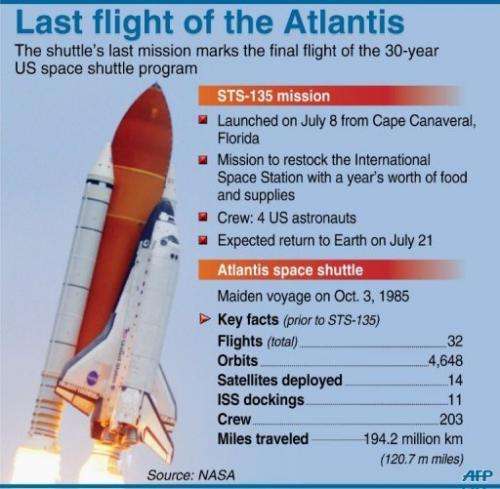
Here we explore the Space Shuttle through a collection of pictures from inside the spacecraft. The Space Shuttle program was finally completed in 2011. Because of budget cuts, NASA utilised the space shuttles longer than originally planned, cancelling the development of newer, improved models. 1992 NASA STS-49 Space Shuttle Endeavour Mission Summary Objectives Facts Time left. Technical and organisational issues caused the destruction of the shuttles and the death of both crews. Tragedy would strike the Space Shuttle program twice, with the Challenger and Endeavour disasters in 19 respectively. It performed some test flights, but never made it it past the atmosphere – that honour went to the Columbia in 1981. Four years later the first shuttle, named Enterprise, was rolled out. (December 8, 1998) The space shuttle Endeavour, launched on Friday with a crew of six, began one of the most challenging construction jobs in history on Sunday. It took off like a rocket, but landed back on Earth like a glider. NASA's space shuttle Endeavour appears to hang off one end of the International Space Station in this photo taken by an astronaut aboard a nearby Soyuz spacecraft on during. The first shuttle was launched in the early 1980s, but the program has its roots in the Nixon era, when NASA‘s post- Apollo direction was announced on January 1972. The Space Shuttle was the worlds first reusable spacecraft. They were true masterpieces in engineering, designed to expand human limits in outer space. Between 19, 135 missions were performed by the Columbia, Challenger, Discovery, Atlantis and Endeavour shuttles.

(It makes sense why the cargo bay, where the telescope was stored, is so big.)Įxplore Discovery’s history with over 200 space shuttle artifacts, several digital exhibits, virtual tours, and more, viewable online through Google Arts & Culture.The Space Shuttle was the first ever reusable spacecraft, used to carry, recover and repair satellites, perform complicated experiments and help to construct the most expensive building project in human history – the International Space Station. At launch, the telescope weighed in at about 24,000 pounds.

On Earth, you get one chance to see the Sun rise or set each day.Astronauts could choose their favorite tunes. No need for alarm clocks-since the early days of the Gemini-era, astronauts have received wake-up call songs from Mission Control. Sleeping bags were attached to the walls of the shuttle's interior so that astronauts wouldn’t float away while they slept.Regulations require that the star field always faces forward, as if the flag’s waving in the breeze. After the tragic demise of the Challenger, a fifth Space Shuttle orbiter was authorized to be built as a replacement in 1987.

Did you spot the American flag on the side of Discovery? How about the one that appears to be backwards? That’s not a big snafu-it’s actually adhering to the US Flag Code.There are about 23,000 of them and each one is custom made. The orbiter carried John Glenn on its STS-95 mission in October. It has a crew compartment in the nose section, followed by a large payload bay and finally three main rocket engines in the aft fuselage. The tiles on the outside of Discovery are actually ceramic insulating materials designed to handle the intense heat created from re-entering Earth’s atmosphere during descent. Discovery is the only shuttle ever to fly one of the Mercury Seven NASAs first astronaut class, which was chosen in 1959.Space Shuttle Discovery on display in the James S.


 0 kommentar(er)
0 kommentar(er)
